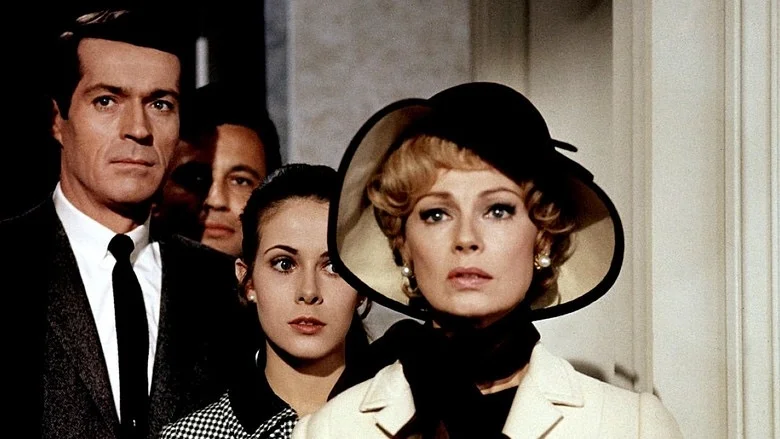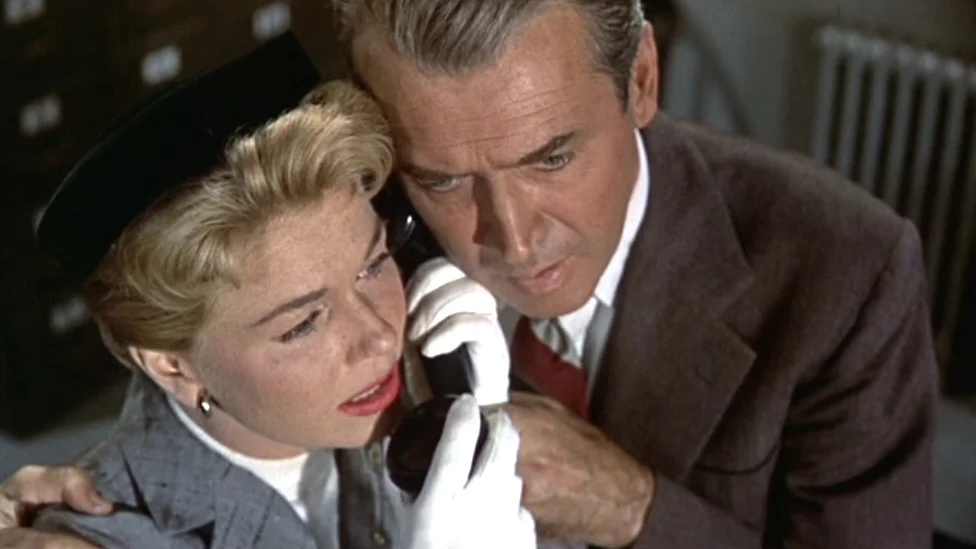Beginner’s Guide to Alfred Hitchcock: To Catch a Thief (1955)
While he was known as the Master of Suspense, Alfred Hitchcock tried his hand at different genres. His films always had the Hitchcock touch of suspense, but he dressed his thrillers with the trappings of other genres. Marnie is Hitchcock’s woman’s picture. Shadow of a Doubt is Hitchcock’s WWII domestic drama. Rebecca is Hitchcock’s gothic romance. The Birds is Hitchcock’s monster movie. And, To Catch a Thief is Hitchcock’s romantic-comedy. The Cary Grant-Grace Kelly jewel thief thriller is one of Hitchcock’s breeziest, wittiest, and most glamorous films. While the film is appreciated, I don’t think it has the same kind of reputation as other films in Hitchcock’s stellar 1950s-early 1960s period. It’s a really easy movie to watch and enjoy, even just for its visuals alone.
Based on the novel To Catch a Thief by David Dodge, the film stars Cary Grant as John Robie, aka The Cat, a notorious but retired jewel thief. When a series of copycat burglaries occur around the French Riviera, police automatically suspect John. Insurance agent H.H. Hughson (John Williams) convinces John to act like he’s scoping out the eccentric and wealthy Jessie Stevens (Jessie Royce Landis) and her frigid daughter Frances (Grace Kelly) in order to trap the real thief.
To Catch a Thief won cinematographer Robert Burks the Academy Award, his third nomination (he was previously nominated for Hitchcock’s Strangers on a Train and Rear Window). Robert Burks began his career in special effects, then graduated to director of photography in the 1940s. Alfred Hitchcock worked with Burks twelve times from 1951 to 1964. Whether the film was in color or black and white, Burks and Hitchcock created many memorable and striking shots that highlighted character and ambiance. In To Catch a Thief, Burks created one of Hitchcock’s most eye-catching and gorgeous films. Hitchcock shot on location in the French Riviera, and Burks makes incredible use of the scenery. To Catch a Thief is part-travelogue, enhanced by the sheer beauty of its costumes, production design, and of course its lead actors.
Grace Kelly and Cary Grant were two of Hollywood’s most attractive stars who could command the screen with their movie star presence. Both actors would deliver better performances in other Hitchcock films, but in To Catch a Thief they are charming, flirty, and charismatic. The age difference is pretty noticeable (Grace Kelly is probably playing ten years older than she is, and Cary Grant ten years younger), but the pair’s chemistry is electric. Grace Kelly was Hitchcock’s favorite actress to work with; in their three films together he found new and interesting ways to approach her ethereal beauty and high-class persona. In To Catch a Thief, he presents her as a frigid and no-nonsense heiress—at first. Then, Frances reveals a cunning, excitable, and adventurous woman who longs for danger. Grace Kelly looks stunning in every frame, lovingly captured by Burks’ camera in her shiny jewelry and chic outfits.
The signature scene in To Catch a Thief is when John and Frances take in fireworks in her hotel room. Grace Kelly wears a stunning necklace, whose jewels form an arrow into her cleavage. Hitchcock has fireworks going off outside the window, with the fireworks symbolizing their mutual attraction. The cross-cutting between the fireworks and the romance inside is obvious, but in that special Hitchcock way that indicates he’s in on the joke. Another great scene is early in the film when John walks Frances back to her hotel room, and she kisses him suddenly—completely changing the dynamic between them. There is a scene that makes me uncomfortable, where Frances drives recklessly alongside a cliff. 30 years later, Grace Kelly suffered a stroke while driving from France to Monaco that lead to her death. It’s a really unsettling scene after hearing about Kelly’s tragic end.
To Catch a Thief, that particular scene aside, is a truly fun and pleasurable film. Jessie Royce Landis is a laugh riot with her blunt lines and impeccable comic timing. The score by Lyn Murray is jovial and romantic. The mystery itself isn’t too exciting, though I enjoyed that this film is a rom-com version of Hitchcock’s “wrong man” thriller with the director typically taking potshots at the police. To Catch a Thief may not be an “important” Hitchcock movie, but it does show Hitch having fun with his favorite Hollywood players.






























